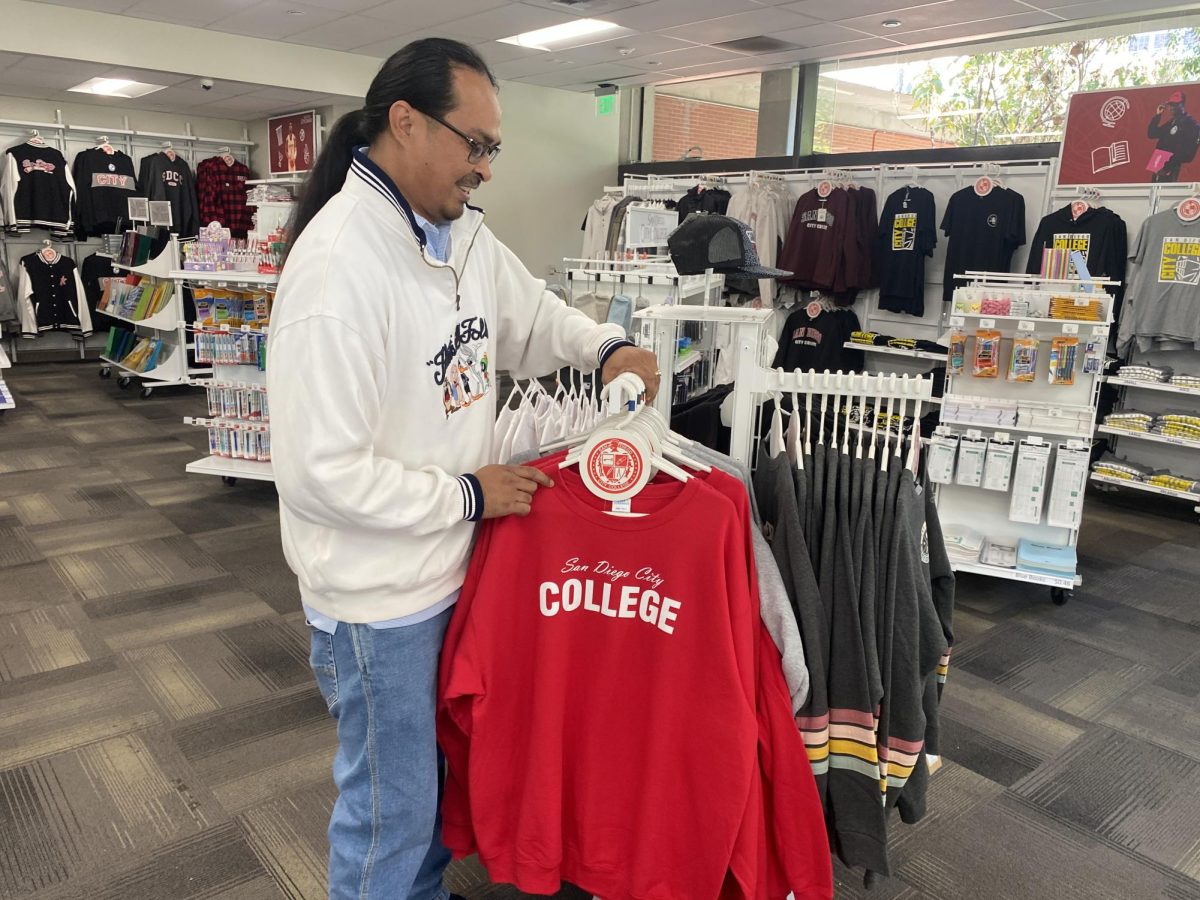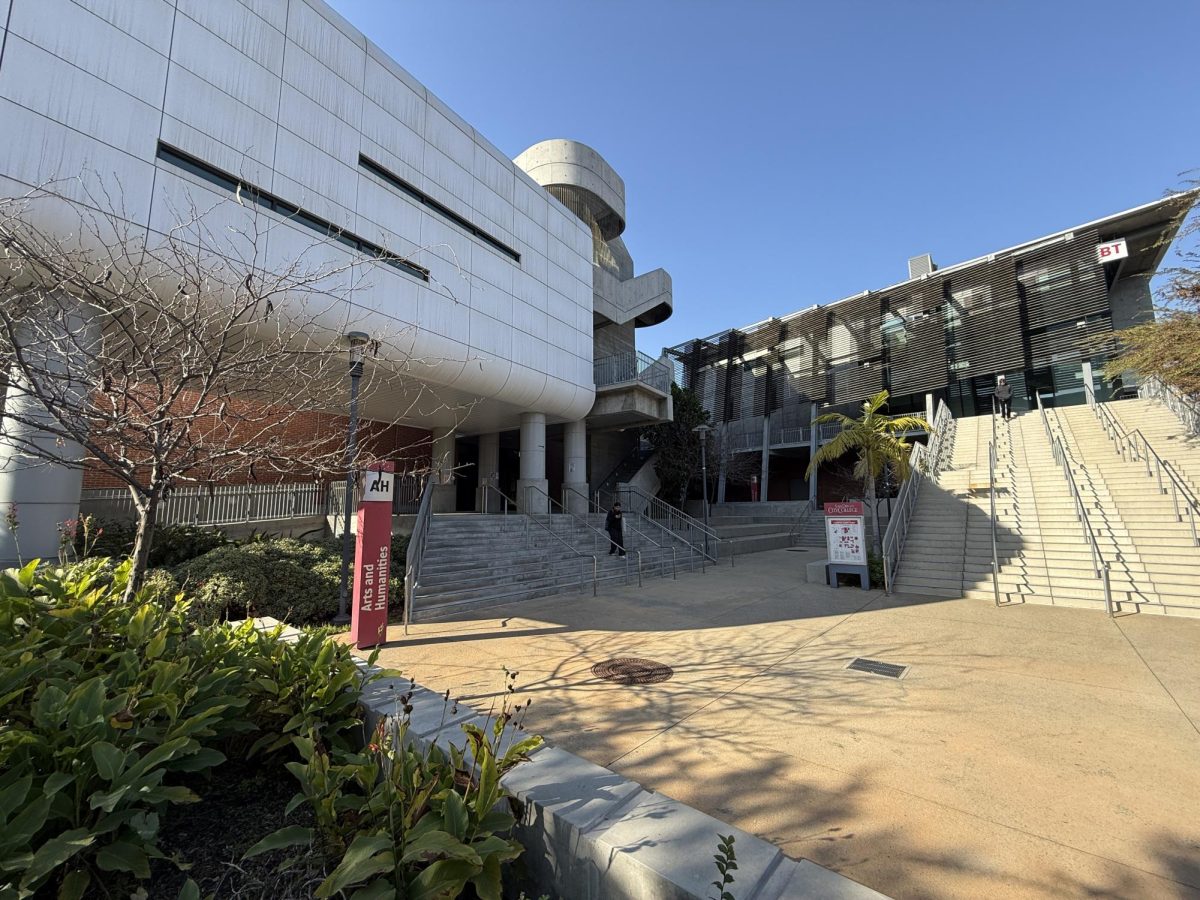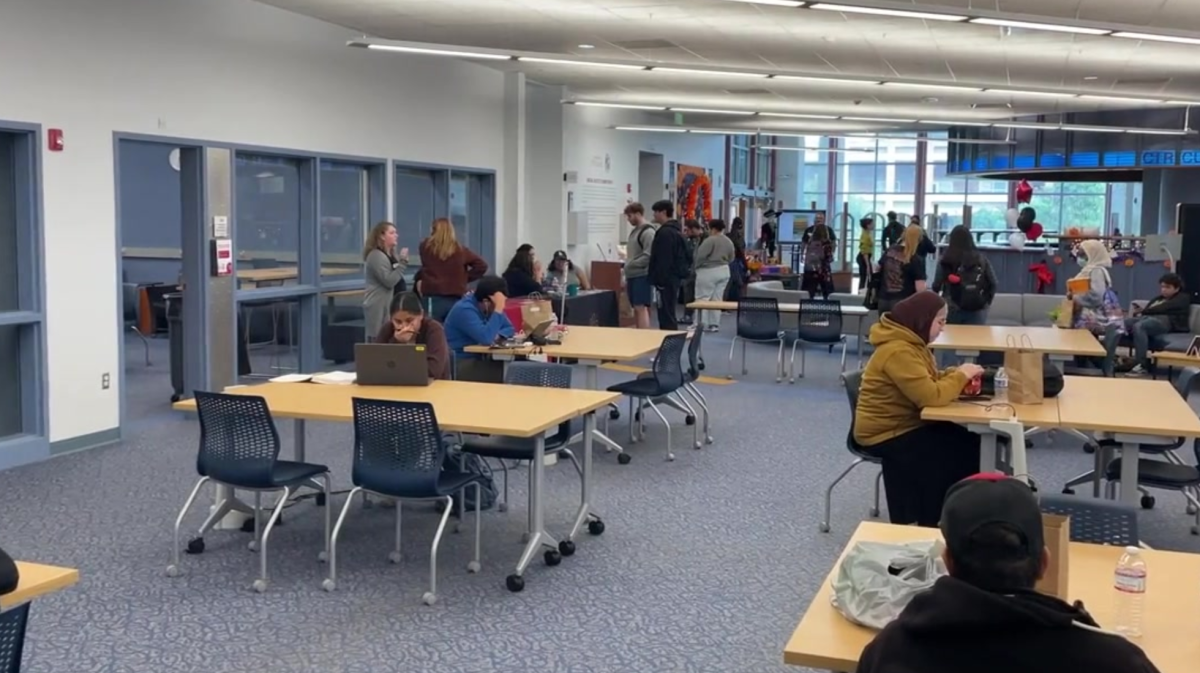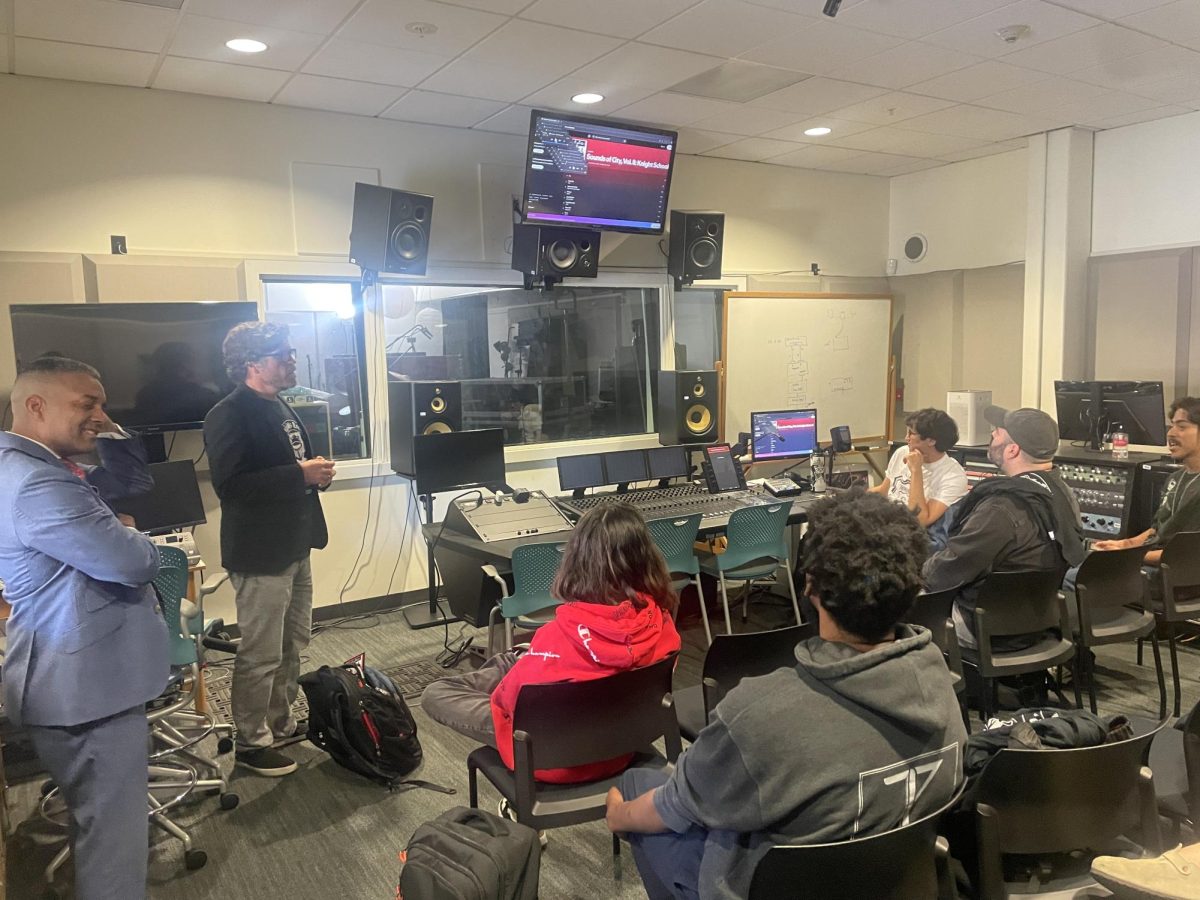Downtown San Diego is surrounded by skyscrapers that do exactly that. They scrape the sky. When you look a little lower, you’ll find people who are walked around and stepped over. It’s the people who are forced to live in the streets.
The very first client that Director of Tenant Services Mark Stevenson ever had was a man in his 30s who looked to be in his late 50s. He used vodka as a crutch and he spent most of his days in the emergency room where he was on a first-name basis with the staff. Riding in an ambulance was second nature to him when Stevenson came across him.
After Stevenson launched Project 25 through St. Vincent de Paul’s Village, Client No. 1 was sober and taking care of himself. This is only one of many stories of how Project 25 has been able to help people who are experiencing homelessness.
Project 25 is the project that received a $1.5 million grant through United Way with a three-year commitment. The clients who are chosen are those who experience extreme subsets of homelessness including but not limited to records of frequent hospital and emergency room visits, ambulance drivers and police officers.
Stevenson also provides services other than housing. The clients of Project 25 are also provided with psychiatrists and physical medicine. Clients who aren’t used to having proper health care are now able to go to doctor visits.
“They thought the emergency room staff were their doctors,” Stevenson said. “We wanted our clients to have a relationships with their doctors.”
At San Diego City College, 300 students have to experience what it’s like not having a place to call home. Sociology professor Kris Kuntz didn’t sugarcoat it when he talked about how homelessness affects San Diego directly. He also is associated with Project 25. He explained exactly what homelessness is and what to do to end it.
“We need to figure out how to address this issue,” Kuntz said. “Homelessness is unacceptable.”
Kuntz explained some of the reasons why homelessness exists today such as the closing down of psychiatric instituitions. The loss of affordable housing, increase of foreclosure and the increase of income inequality has also contributed to homelessness. This level of severe homelessness didn’t exist 35 years ago.
In the 1980s, it was considered a natural disaster and treated as such. There were emergency shelters and soup kitchens to tend to those in need. Today, it’s about housing first. The response to homelessness is to provide housing first and then services. Kuntz hinted at how homelessness can end by providing immediate access to housing.
San Diego was named in having the fifth largest homeless population and 48 percent were unsheltered or living in the streets and part of what Kuntz does is provide housing through Lesar Development Consultants. Besides being a sociology professor Kuntz is also senior associate for this business.
Jessielee Cooley, another presenter, provided a system from the program 25 Cities to explain the organization of how people are assisted specifically to their needs. The system is the Coordinated Assessment and Housing Placement (CAHP) system that provides assistance and aligning housing services through a case by case basis.
Cooley explained that with this program it increases coordination across community providers and there is a shift in waitlists to serving those most in need. It ensures that everyone has equal access to available housing resources. Before this system, clients were bounced around going from agency to agency and each case was like a knotted spider web that couldn’t be unwoven.
There are several ways to end homelessness as Kuntz expressed and students should be more aware of homelessness.
“I knew how prevalent it was but I didn’t know how large of a population it was,” City College student Sami Monte said.
It’s important for students to know that it affects San Diego directly but it doesn’t have to be this way. Homelessness can be stopped, Kuntz made it known during the presentation.
For students who want more information about homeless services visit www.211sandiego.org
For more information about homelessness visit www.endhomelessness.org
Kris Kuntz can be found at www.lesardevelopment.com







